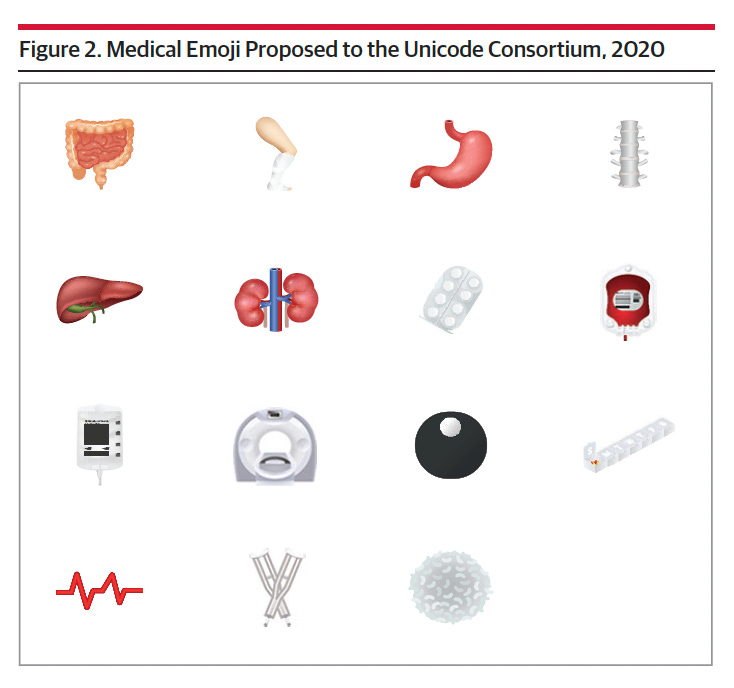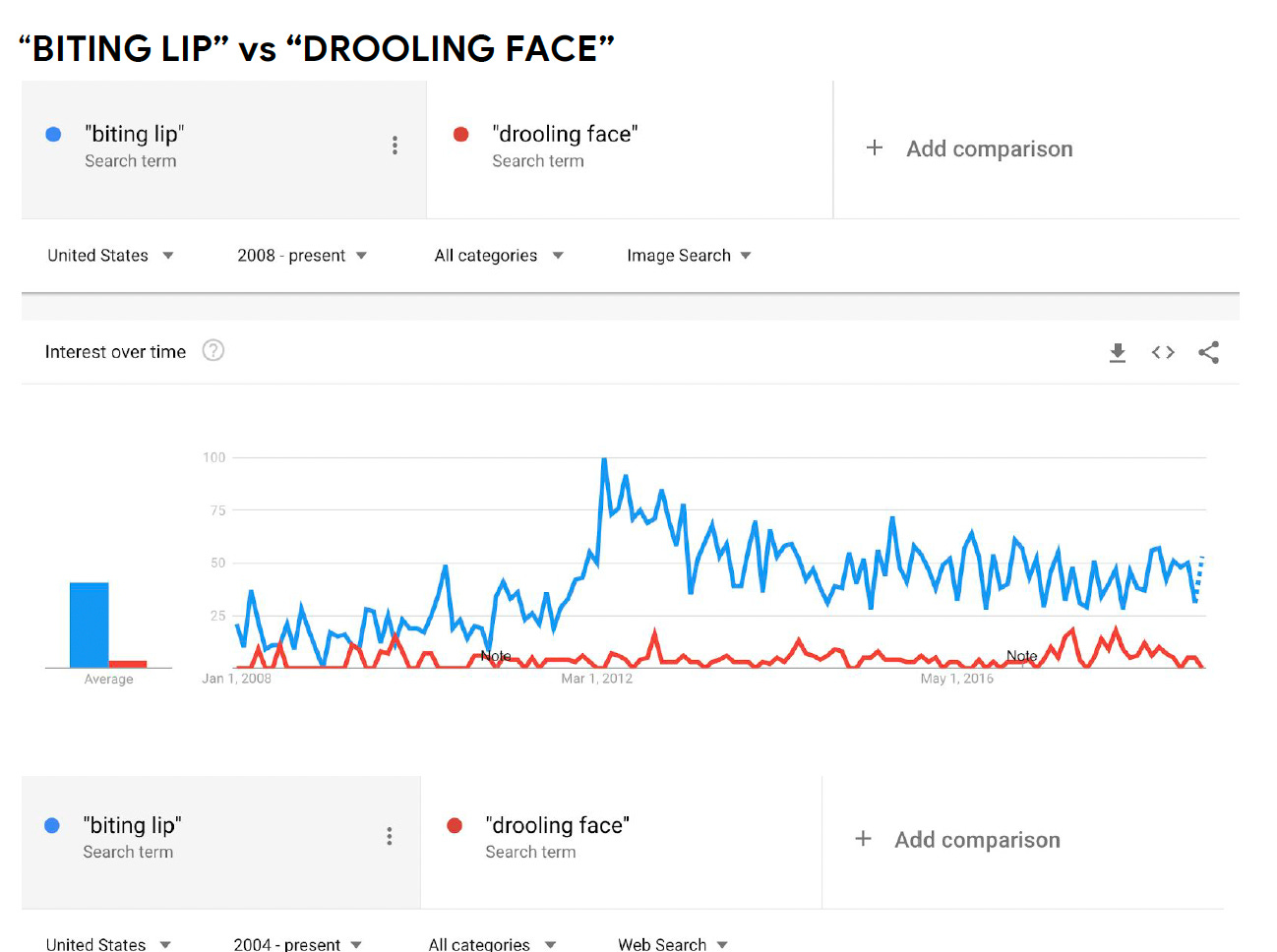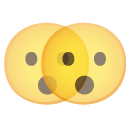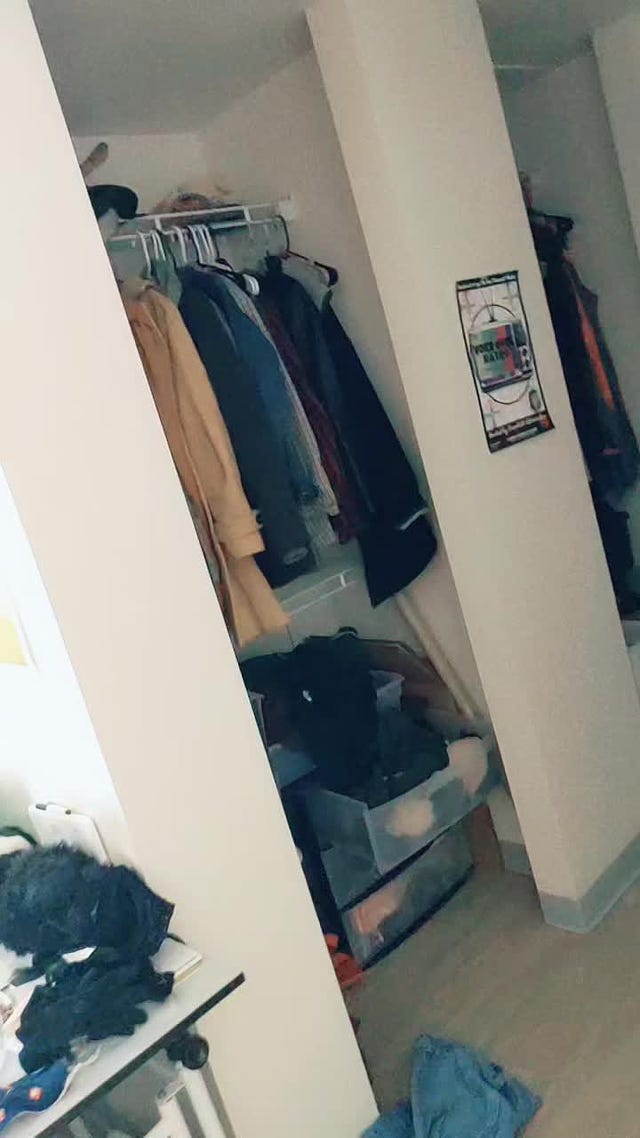📢 Welcome, techno sapiens! A few announcements.
First, given the many embedded photos, links, and videos in today’s post, I recommend reading it in your browser.
Second, check out this week’s Parenting Understood podcast to hear me chat about teens, social media, and tips for tech parenting.
Third, if you’re new here, subscribe to join thousands of other readers and get research-backed tips for living and parenting in the digital age.
I’ve been reading and writing in academic journals for 15 years, and I recently came across the first article I’ve ever seen that uses emojis. It was published in 2021 in JAMA—the flagship journal of the American Medical Association—and is titled Emoji for the Medical Community.
The authors argue that emojis have significant potential use in medicine, from facilitating communication about symptoms to helping patients understand written discharge instructions after hospitalization.
As I skimmed the article, my eyes catching the tiny CT scanner in Figure 2, I began to wonder: where do emojis come from?
And let me tell you techno sapiens (📱🧬), finding the answer to that question has been a wild ride (🤪🎢)
A brief emoji history
Emoticons, i.e., :) and :-(, have been around since the early days of computing, but the first emojis were developed in Japan by Softbank (at that time, J-Phone) in 1997.1 Here they are:
As emojis became popular in Japan (🇯🇵) in the early 2000s, other tech companies started building their own versions. In 2008, Apple released its first emojis (heavily influenced by the Softbank ones) on its iPhone for the Japanese market.
Between 2007 and 2009, engineers from Apple and Google petitioned the Unicode Consortium to recognize emojis.
The Unicode Consortium is a non-profit2 that determines a unique, standardized numeric code for every character in every language that we type. There are over 150,000 of them, including the letter “A” [U+0041], the number “4” [U+0034], and the letter “G” (𐲍) in Old Hungarian [U+10CCD]. This ensures that all characters are represented the same way across operating systems.
In 2010, the Unicode Consortium finally released Unicode 6.0.0, the first version of the Unicode Standard to support emoji. It included many of the emojis we now know and love, like Loudly Crying Face 😭, Love Hotel 🏩, and, of course, Pile of Poo 💩.
Here’s a pictorial representation of how some of the original Softbank emojis have evolved over time. [Big fan of Red Heart’s ❤️ evolution. Kind of miss Smiling Face with Smiling Eyes’ 😊 little hat).
Where do emojis come from?
It all comes back to the Unicode Consortium, which serves as a kind of United-Nations-meets-Oscars-academy for emojis. They accept emoji proposals from the public, and then undertake a complex, 18-month review process (detailed in this video).
Want to submit your own emoji? Make sure you read Unicode’s guide for submitting emoji proposals. Your proposal must be nearly 10 pages long and reference various “selection factors” including:
Will the emoji be used frequently? Here, proposals must include evidence from Google searches or trends.
Does the emoji have notable metaphorical references or symbolism? For example, Flexed Biceps 💪 can be used to denote both “strength” and, simply, “elbow.”
Can the emoji be used in sequences? For example, 🗑🔥 for garbage fire.
Does the emoji represent something new and different? For example, Unicode states that since there’s already Broom 🧹, an emoji for vacuum cleaner would not break new ground [Have these people never seen a rug?]
Unicode is very clear that they will not—I repeat, will not—consider popular public opinion3 when selecting emojis. They state: “Petitions are counterproductive, and play no role in selecting emoji…For example, the commercial petitions for 🌮 Taco played no part in its selection; the taco was approved based on evidence in its proposal, not the petitions.” Yea okay, sure.
A sample emoji proposal
The most recent release (Emoji v14.0) came out this year, so you’ll already find it on your device. It includes the following new emojis4: 🫠🫢🫥🫡🫣🫤🥹🫱🫲🫳🫴🫰🫵🫶🫦🫄🫃🧌🪸🪷🪹🪺🫘🫗🫙🛝🛞🛟🪬🪩🪫🩼🩻🫧🪪🟰.
There are some new favorites, like Melting Face 🫠 and Mirror Ball 🪩,5 but also some absolute monstrosities like Troll 🧌.
Let’s take a closer look at the proposal for Biting Lip 🫦 to see how this all goes down.
It starts with an introduction. Prince Harry makes an appearance.
We then get to the Selection Factors. Here is a chart showing that searches for “biting lip” outnumbered searches for “drooling face” in recent years.
The proposal then confirms that Biting Lip can be used in sequences
And that it breaks new ground.
And there you have it! The judges were convinced, and now Biting Lip 🫦 is ready for us (and presumably, Prince Harry) to use on our devices.
What new emojis can I expect in the future?
Unicode has recently released its beta list of emojis for the next release (Emoji v15.0), so it’s highly likely that we’ll see these emojis on our phones early next year.
Some winners include the following6:
I still need convincing on the following:
🚨🚨🚨 Unicode is currently accepting proposals for new emojis for v16.0. You have until July 31, so get to work!
Other emoji facts
An organization called emojination was started in 2015 and goes by the slogan “Emoji By The People, For The People.” Their mission is to democratize emojis, and they’ve collaborated with various individuals and organizations to get emojis approved. According to the “Our Success” section of their website, they’ve been involved in the “Hijab emoji with Rayouf Alhumedhi,” “Sauna emoji with the Finnish government” and “Broccoli emoji with vegetarians.” They’ve also got a number of emojis in process, including grapefruit, pacifier (need this one!), chicken nugget, and pitchfork
Emojination also hosts Emoji Spelling Bees, in which contestants are given phrases and asked to “spell” them using emojis. Here are all the submissions for a 2019 bee in Hong Kong. An example: for the clue “Snow White,” a contestant submitted ❄️⚪️➕7️⃣👱♂️👱♂️👱♂️👱♂️👱♂️👱♂️👱♂️➕🍎🔜💤
Although Unicode standardizes the numeric code for each emoji, the actual appearance of the emoji can vary slightly across platform. This is usually fine, but can be problematic when it comes to conveying the nuances of human emotion. Let’s take a look at Slightly Frowning Face, for example. Here’s how it appears across devices. Apple and Google: slightly sad, disappointed. Samsung: absolutely despondent. Microsoft: just saw a ghost (and feel kind of sad about it?).
Funded by a Kickstarter campaign, Moby Dick has now been translated entirely into emoji. The translated book (10,000 sentences in total) is called, of course, Emoji Dick (or 🐳). You can purchase a hardcover copy for just $200 at emojidick.com. English: Call me Ishmael. Emoji: ☎️👨🏻⛵️🐳👌
According to Unicode, the most frequently used emojis worldwide in 2021 were: 😂 ❤️ 🤣 👍 😭 🙏 😘 🥰 😍 😊. The rankings don’t change much year to year, with a few notable exceptions. Between 2019 and 2021, Birthday Cake 🎂 went from ranking 113th to 25th, Balloon 🎈 from 139th to 48th, and Pleading Face 🥺 from 97th to 14th (!)
Some Gen Z emoji lingo
As you may have heard, Face With Tears of Joy 😂 (my favorite emoji) is no longer cool. Now we must use Skull💀 or Coffin⚰️ to represent that something is so funny we’re “dead.”
Clown Face 🤡 is used when someone has said or done something stupid or naive. E.g., “Me, convincing my husband it’s fine to take the baby for a walk without bringing puffs 🤡”
👁👄👁 . This can mean simple shock or bewilderment, for example, in response to a “cringey” TikTok video. But it can also be something a bit deeper—a certain resigned eye roll at the unfairness or ridiculousness of “the system,” bordering on disgust. See this example usage from Rex Woodbury: “Me watching my boss give a promotion to his nephew who never shows up to work 👁👄👁 .”
Here’s a viral TikTok explaining more Gen Z emoji lingo. Some highlights: Thumbs Up 👍 is passive aggressive, Grinning Face with Sweat 😅 means “I’m stressed but it’s fine.” And don’t use Exploding Head 🤯. It is cringe.7
 Tiktok failed to load.
Tiktok failed to load.Enable 3rd party cookies or use another browser
In Summary
I’ve always thought of emojis as an easy way to convey laughter (e.g., 😂), or avoid writing an Instagram caption (e.g., 👶🌙 ). But as I dug ever deeper into the world of emojis, reading 10-page theses on Melting Face (🫠) as a symbol for the simultaneous expression of two conflicting emotions, I started doubting this simplistic view.
According to a 2019 review in the International Journal of Communication, emojis allow us to overcome the limitations of text-based communication, increase perceptions of intimacy among communication partners, and help us to convey emotional tone. And according to the Emoji for the Medical Community authors, “as a preloaded, curated, digital set of images that work across platforms…emoji possess the power of standardization, universality, and familiarity.”
In other words, emoji are a language all their own. Perhaps they’re not so simple after all.
A quick survey
What did you think of this week’s Techno Sapiens? Your feedback helps me make this better. Thanks!
The Best | Great | Good | Meh | The Worst
My sources for emoji history: this (excellent) Wired article and emojitimeline.com, a website maintained entirely, it seems, by a Swedish emoji expert named Daniel Hånberg Alonso.
The Unicode Consortium operates as a non-profit. If you’d like to support the work of the consortium, you or your business can adopt an emoji, earning you both a “custom digital badge” and recognition on the consortium’s public Twitter feed (!)
What do I mean, public opinion? Surely the public doesn’t care that much about emojis. To that, I give you the “Emoji Review” Subreddit, with 9.1k members, which describes itself as “A place to review, rank, and talk about emojis as they appear on different operating systems or in different applications.”
Note that Emoji 14.0 are not available on all operating systems yet, so they may not show up accurately for you (for example, if you’re reading this newsletter on a laptop that has Windows 11). If that’s the case, you can see them all here.
The disco ball (technically Mirror Ball 🪩) proposal was another favorite of mine. It argues “While the Woman Dancing (💃) and Man Dancing (🕺) characters express specific, gendered dance moves, the disco ball represents a wider sense of party, glitz and glamour. As reflective textures are increasingly common in everyday commodities, the disco ball emoji would also be useful to describe reflective materials.” One of the authors of the emoji also describes himself as “the author of the accepted Juice Box emoji proposal, and a brilliant dancer who offers dance tutorials at 1-800-DanceNow.com.” Is this real?
I was skeptical of Shaking Face, but was convinced by the proposal’s detailing of multiple uses: shaking in anticipation (I can’t wait to see you), the shakes or disorientation (I don’t feel so great), double vision (I’ve been staring at my screen too long), an actual earthquake [likely a rare usage, but okay], and my favorite, emotionally shaken (Are you kidding me???)
Surely there isn’t yet another Buzzfeed quiz to test one’s knowledge of Gen Z emoji lingo? You ask. Why yes, yes there is. Not to brag, but I got 10/14—better than 88% of other readers. From Buzzfeed: “You passed! If I had to guess, I'd say you're Gen Z! Congrats!” 👀




















😍🥰
This newsletter is a delight. 🤩